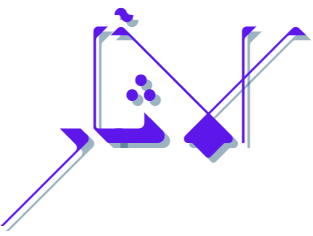سیرتِ نبوی ﷺ: تعارف، ضرورت، اہمیت اور جہات – ایک تحقیقی و تجزیاتی مطالعہ
The Seerah of the Prophet ﷺ: Introduction, Necessity, Significance, and Dimensions – A Research-Based and Analytical Study
Abstract
The Seerah of Prophet Muhammad ﷺ holds a central place in Islamic studies as it serves as the most authentic and comprehensive model for humanity. The Quran and Sunnah are the two fundamental sources of Islamic knowledge, with the Quran providing the foundational principles and the Sunnah offering detailed explanations. The life of the Prophet ﷺ is a complete guide for mankind, encompassing all aspects of human existence. This study aims to explore the introduction, necessity, significance, and various dimensions of the Seerah of the Prophet ﷺ. The research highlights that Seerah writing has been a sacred and well-documented discipline in Islamic history. Unlike other religious traditions, Islam uniquely preserves the meticulous details of the Prophet’s ﷺ life from birth to passing. The study further examines the role of Seerah in guiding personal, social, political, and spiritual aspects of life. The continuous scholarly contributions through books, research articles, conferences, and seminars reflect the unwavering significance of Seerah studies in the contemporary era. By analyzing classical and modern sources, this study underscores the necessity of understanding and implementing the Seerah to address contemporary challenges. The findings emphasize that the Prophet’s ﷺ teachings remain relevant for moral, ethical, and socio-political development, making Seerah studies a crucial area for ongoing research and implementation.



































